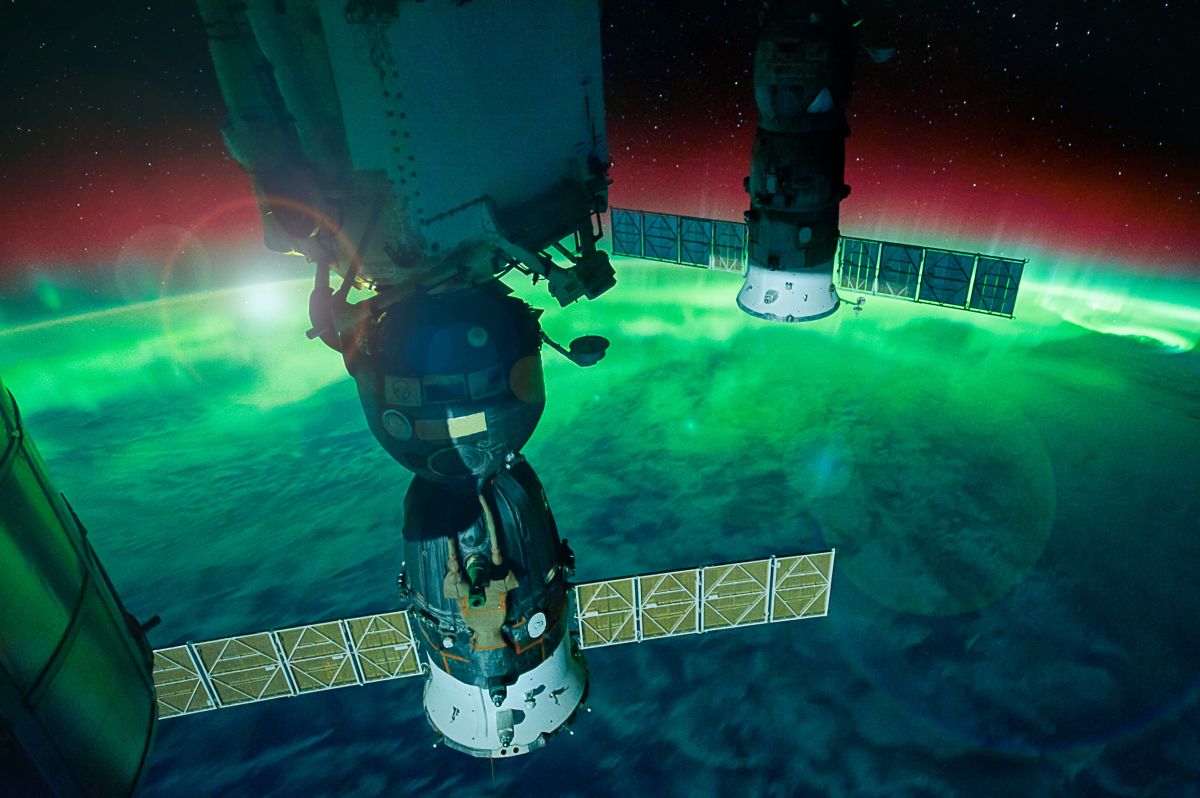
The Big One
On September 1, 1859, Indiana University Professor Daniel Kirkwood watched as the night-time sky began to glow, “until the whole visible heavens were illuminated.” The Indianapolis Journal described "a flood of red light poured out over the sky." It wouldn't be until later in a letter to the editors of American Science Journal that Kirkwood would report another oddity. Magnetic telegraph wires were no longer capable of sending messages between stations. All while an operator in Portland, Oregon, could correspond with a receiver in Boston, Massachusetts, without being connected to a battery.
Just hours before, Astronomer Richard Carrington would become the first to witness an X-class solar flare through the eyes of his telescope. The following plasma ejections (CMEs) from the sun would reach Earth in a very short period of time, bringing with it a voltage-inducing geomagnetic storm. This event would help scientists realize the connection between the aura light shows, the Sun, and the electrical impact on our own planet.
March 13, 1989. Power goes out in the middle of the night, leaving the entirety of Quebec in a blackout for nine hours. In a matter of only 92 seconds, operations at Hydro-Quebec’s electricity transmission would plunge into darkness without warning. In New Jersey, an electric transformer would melt under the stress. Although this storm produced some strong auroras and caused damage, it still wasn’t anywhere near the strength of the Carrington event.
Near Miss
On July 23, 2012, Earth almost saw a second Carrington event. Multiple CMEs carrying a tremendous amount of electromagnetic energy just barely missed our planet, and luckily, STEREO-A (Solar Terrestrial Relations Observatory) was right in its path to collect the data.
Scientists are able to study disruptions in Earth's magnetic field using the disturbance storm time index (dst), measured in nanoTesla (nT). Negative changes indicate a larger disturbance, while minor changes are associated with typical northern lights aurora borealis and southern lights aurora australis. The geomagnetic storm of 1989 caused an impact of -600nT.
In a study by physicist Daniel Baker, it was estimated that the storm of July 2012 could have caused an impact of nearly -1200nT. Had the storm hit Earth, it could have caused between $1 and $2 trillion in damages to the power infrastructure.
These severe solar storms all have something in common – large X-class solar flares triggering consecutive CMEs that show up to Earth very quickly.
But this is not to say that all geomagnetic storms are created equal – take the solar storms that occurred this past May 2024. This G5 geomagnetic storm did affect radio signals and caused minor grid interference, but for the most part, the storm did not cause any significant damage, despite having peak dst of -412nT.
It just goes to show that all it could take is the right solar weather conditions to produce another Carrington-level event. Fortunately, today’s satellites like STEREO-A can detect and warn us of these severe solar storms in advance, but when that day comes, how will we respond?
If you enjoyed this blog and want to learn more, we have several episodes about solar weather and other cosmic topics:









